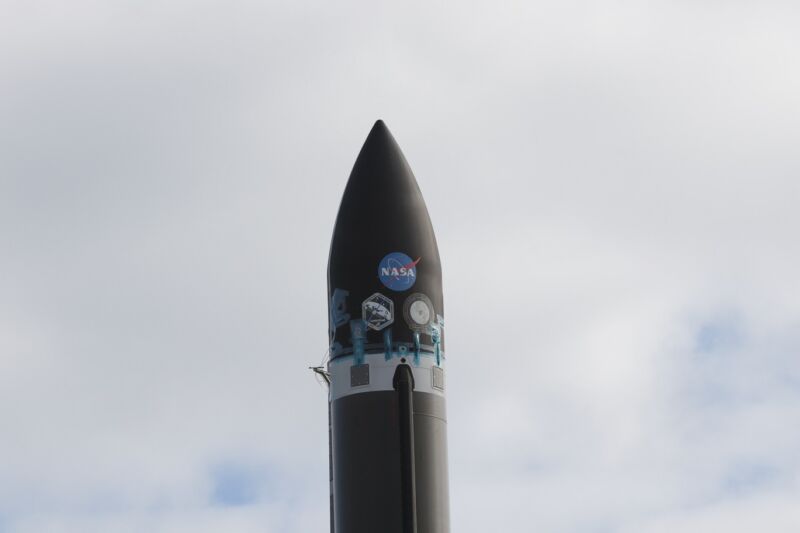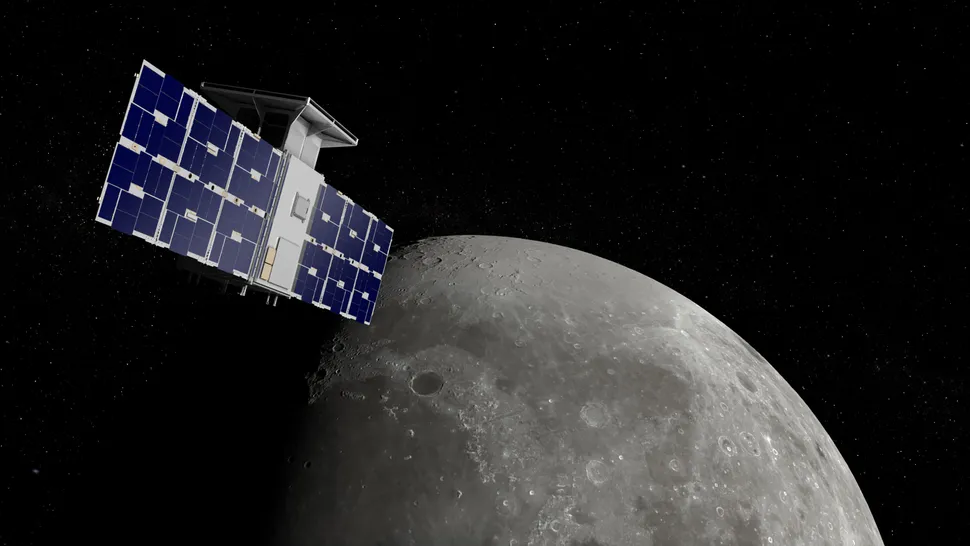
After a journey of nearly five months, taking it far beyond the Moon and back, the little CAPSTONE spacecraft has successfully entered into lunar orbit.
"We received confirmation that CAPSTONE arrived in near-rectilinear halo orbit, and that is a huge, huge step for the agency," said NASA's chief of exploration systems development, Jim Free, on Sunday evening. "It just completed its first insertion burn a few minutes ago. And over the next few days they'll continue to refine its orbit, and be the first cubesat to fly and operate at the Moon."
This is an important orbit for NASA, and a special one, because it is really stable, requiring just a tiny amount of propellant to hold position. At its closest point to the Moon, this roughly week-long orbit passes within 3,000 km of the lunar surface, and at other points it is 70,000 km away. NASA plans to build a small space station, called the Lunar Gateway, here later this decade.
But before then, the agency is starting small. CAPSTONE is a scrappy, commercial mission that was supported financially, in part, by a $13.7 million grant from NASA. Developed by a Colorado-based company named Advanced Space, with help from Terran Orbital, the spacecraft itself is modestly sized, just a 12U cubesat with a mass of around 25 kg. It could fit comfortably inside a mini-refrigerator.
The spacecraft launched at the end of June on an Electron rocket from New Zealand. Electron is the smallest rocket to launch a payload to the Moon, and its manufacturer, Rocket Lab, stressed the capabilities of the booster and its Photon upper stage to the maximum to send CAPSTONE on its long journey to the Moon. This was Rocket Lab's first deep space mission.
After separating from its rocket, the spacecraft spent nearly five months traveling to the Moon, following what's known as a ballistic lunar transfer that uses the Sun's gravity to follow an expansive trajectory. Along the way, flight controllers managed to solve a spinning issue that otherwise could have led to loss of the spacecraft. This was a roundabout path, bringing the spacecraft to a distance of more than three times that between the Earth and Moon before arcing back, but required relatively little propellant to reach its destination.
For example, the burn executed by CAPSTONE on Sunday evening to transition into a near-rectilinear halo orbit was extremely tiny. According to Advanced Space, the vehicle burned its thruster for 16 minutes at about 0.44 Newtons, which is equivalent to the weight of about nine pieces of standard printer paper.
CAPSTONE will not only serve as a pathfinder in this new orbit—verifying the theoretical properties modeled by NASA engineers—it will also demonstrate a new system of autonomous navigation around and near the Moon. This Cislunar Autonomous Positioning System, or CAPS, is important because there is a lack of fixed tracking assets near the Moon, especially as the cislunar environment becomes more crowded during the coming decade.
The mission is planned to operate for at least six months in this orbit.



3175x175(CURRENT).thumb.jpg.b05acc060982b36f5891ba728e6d953c.jpg)

Recommended Comments
There are no comments to display.
Join the conversation
You can post now and register later. If you have an account, sign in now to post with your account.
Note: Your post will require moderator approval before it will be visible.